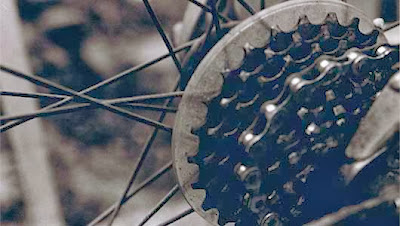Recent medical studies indicate that violent video games damage the brain permanently. Video games may be more dangerous to your health than cigarettes or alcohol. The studies show that repeated playing of violent video games minimizes the activities of the brain involved in reasoning and planning. At the same time, these games activate those functions that respond to violence. The studies include scientific data indicating that these games may actually cause destructive behaviour.
Violent amusement, such as video games, has been a crucial factor in shootings and killings at schools around the world, such as those at Columbine High School in Colorado, where 27 students and teachers were massacred by two youths addicted to violent video games and movies.
The results of studies showed that people had less brain activity when regularly playing a violent video game. “Brain changes were most apparent in those teens who were ‘heavy users’: those who played several hours a day”, said Dr. Mathews. “I think this information confirms the relationship between brain damage and violent video games.”
A story in the October 2002 issue of Computer Game magazine reported that in Japan, children are at risk of developing ‘Video-Game Brain’, a permanent suppression of certain brain functions. Scientists examined 240 people between the ages of 6 and 29 over a six-month period. These subjects, who spent 2-7 hours a day playing violent video games, showed a decline in brain activity associated with reasoning, planning and selfcontrol.
Those players hardly use the frontal regions of their brains. If the level of what is called beta-brainwaves is too low, they get angry easily and have difficulty in concentrating.



































